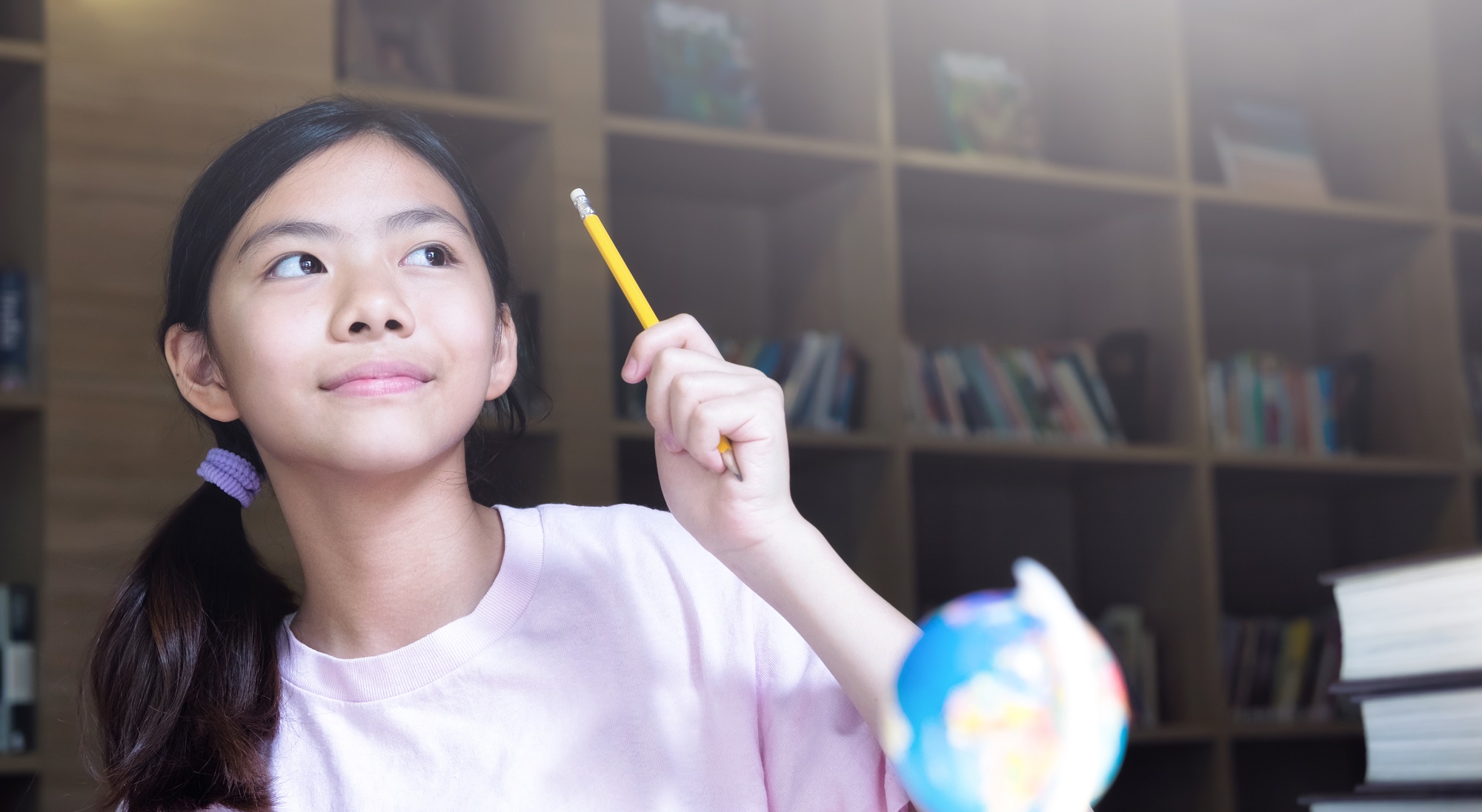SINGAPORE: Next year, the country’s secondary schools that offer academic streams will replace it with Full Subject-Based Banding (Full SBB).
In short, Singapore schools will say goodbye to the Express, Normal (Academic), and Normal (Technical) streams introduced four decades ago. Instead, students will study subjects at higher or lower levels depending on their strengths.
Streaming was introduced after the curriculum in the 1970s was deemed to be too rigid for some students, as shown by the high dropout rate. The sole curriculum left some students struggling to learn, and the different streams allowed more flexibility.
This proved effective, dropping the dropout rate to less than 4 per cent after two decades.
And now comes another major change with Full SBB, which takes the customization of students’ learning one step further.
Why is Full Subject-Based Banding important?
The Full SBB programme, which began to be introduced in 2020, acknowledges the diversity and individuality among students and gives them more opportunities to excel.
- Its aim is to “nurture the joy of learning and develop multiple pathways to cater to the different strengths and interests of our students.”
- It broadens learners’ horizons by allowing eligible students to offer Humanities subjects at a more demanding level than in Secondary 2.
- It allows students to attend mixed-form classes where they interact with classmates who have varying interests and strengths.
- MOE added that additional subjects, including Art, Design and Technology, Food and Consumer Education, and Music, will also be offered at lower secondary as an accompanying set of Common Curriculum subjects
How are Posting Groups different from streaming?
Once Full SBB is implemented, posting to secondary schools will be carried out via three Posting Groups based on the PSLE score ranges of students.
MOE importantly points out that “unlike the streams, Posting Groups will not shape or define students’ identity, nor influence learning experiences and access to post-secondary pathways. At different points throughout their secondary school journey, there will be opportunities for students to adjust their subject levels, depending on their strengths, interests and learning needs.”
Additionally, the Posting Groups are only to facilitate entry to secondary school in that they’ll guide the subject levels a student can take in Secondary 1, as well as make that schools admit a diverse profile of students and that students have access to a wide range of schools, MOE added.
How does Full SBB work?
For lower secondary levels, students will spend one-third of their learning time in a mixed-form class, taking the following subjects at a common level: Art, Character and Citizenship Education, Design and Technology, Food and Consumer Education, Music, and Physical Education.
When it comes to core subjects like English Language, Mother Tongue Languages, Mathematics, Science and the Humanities, students will take them at varying levels depending on their strengths and learning needs.
When they reach upper secondary, students will continue with core subjects but may also take electives based on their preferences and post-secondary aspirations.
“Throughout their schooling years, students will have the flexibility to adjust their subject levels at appropriate junctures where feasible, based on their learning needs,” MOE adds. /TISG
WP’s Abdul Shariff: Relationship with our son is more important than PSLE results

